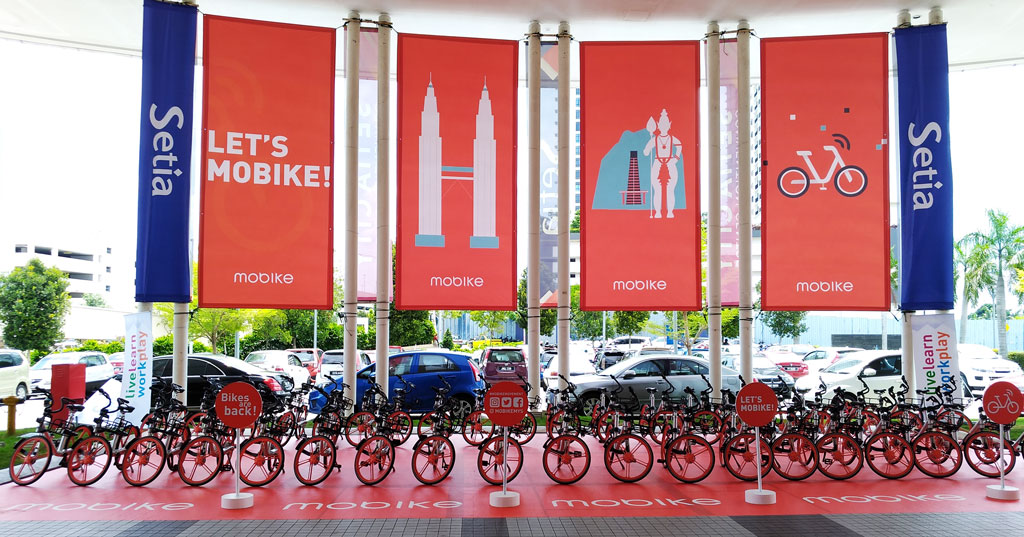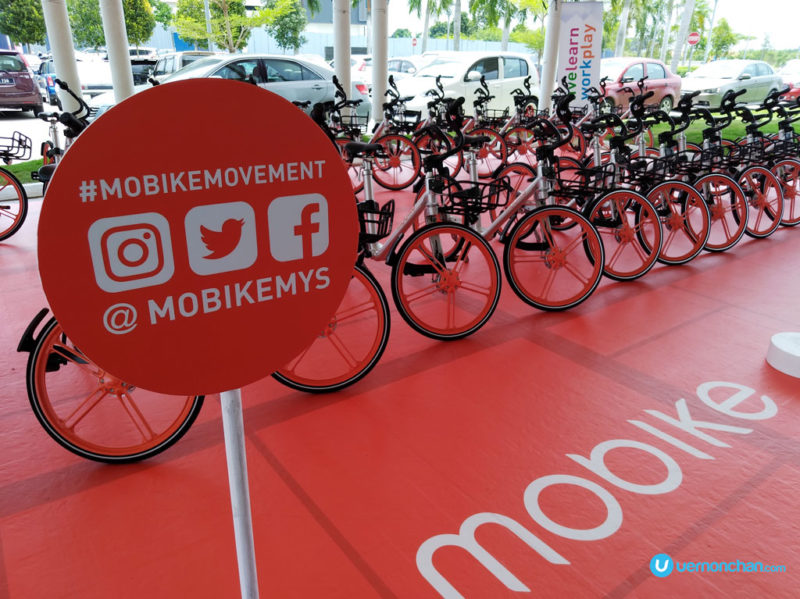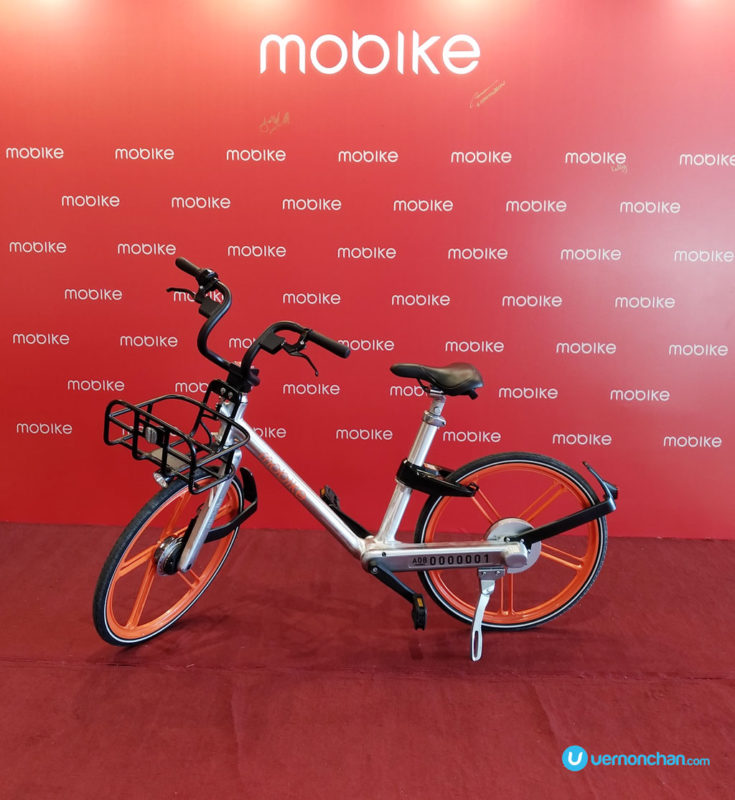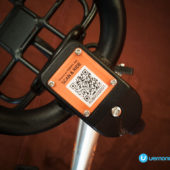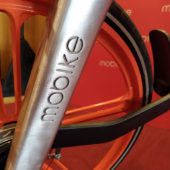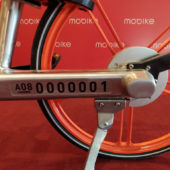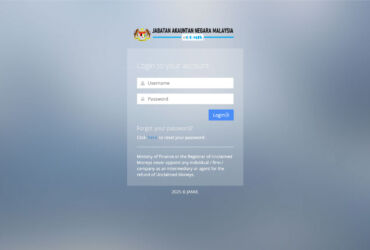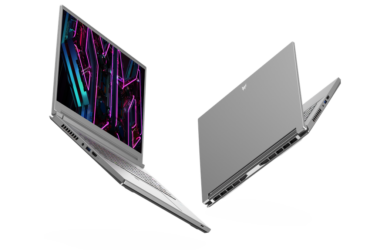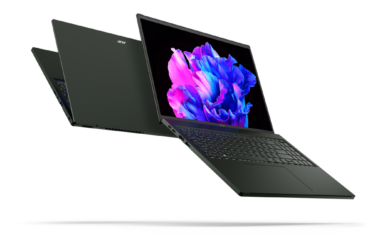Bike-sharing is a relatively new thing in Malaysia, but this hasn’t stopped companies venturing onto our roads. After Obike, a new challenger is here to help Malaysians lose calories, reduce traffic congestion, and to make Malaysia a greener, better place. Pedaling in is Mobike, the world’s first and largest smart bike-sharing platform, which is kicking off its service officially at the Setia Alam township today.
Established in Shanghai in April 2016 by Hu Weiwei, the service has expanded rapidly to over 170 cities globally. All in a span of just over a year.
It has raised over USD950 million in funding, and has hit over 100 million registered riders, with a peak of 25 million rides per day. It operates over 7 million Mobikes and generates over 20TB of data on Mobike’s big data platform called Magic Cube.
Its phenomenal rise has also seen the company increase its daily production of bikes to 100,000 units, with a production capacity of 10 million bikes annually.
Mobike is a technology company first-and-foremost, harnessing GPS, big data and smart-lock technology to offer a cost-effective mobillty solution in urban areas. It’s the perfect solution to “last mile” connectivity, with dock-less convenience.
Malaysia is the third country in Southeast Asia to welcome the bike-sharing service, after Singapore and Thailand.
Mobike said that the Malaysian launch is well-aligned with the country’s 20-year National Land Public Transport Master Plan “to provide a safe, reliable, affordable and sustainable land public transport system.”
Its local roll-out is in partnership with S P Setia Berhad, a renowned real estate developer, to bring the convenience of Mobike to local residents and businesses.
A total of 600 Mobikes will be made available at Setia Alam and Setia Eco Park at designated locations.
High-tech bike
The Mobike vehicle is a technological and engineering marvel in itself. Granted, anyone can buy a bunch of bikes, slap on a GPS, connect it to an app, and start a ride-sharing service. But Mobike packs much more sophistication and polish.
The bike itself has been engineered from ground up to be lighweight, highly-durable, maintenance-free and secure. In fact, it’s designed to have up to four years of maintenance-free cycling, barring any form of theft or damage.
It boasts a chainless shaft transmission, non-puncture airless tires, a lightweight aluminium anti-rust frame, disk brakes and an auto-inspired five spoke wheel.
It comes with a front lamp, a front-mounted basket and a bell. With a built-in dynamo, pedal action generates kinetic energy to power the lamp.
Each bike comes with an integrated GPS embedded smart lock that’s connected to the Mobike IoT network. Connectivity is via a SIM card which is powered by Vodafone, and connected to available local partner networks.
How to use Mobike
Using Mobike is as simple as downloading the app on your iOS or Android device. Register your mobile phone number and a PIN, and add a payment option (credit or debit card). In China, Mobike uses WeChat and AliPay as payment options. Payment options differ from country to country.
Once registered, all you need to do is fire up the app, located the nearest bike via the app, then scan the barcode on the bike frame to unlock.
It will take a couple of seconds for the unlock command to process. But once it’s done, you’re ready to pedal!
To complete a ride, simply park at authorised bike parking areas and manually close the lock on the bike.
By the way, the app is pretty cool too. It will calculate the distance you’ve travelled, how much calories you’ve burned and the amount of C02 emissions you’ve saved.
To use the service, just make a one-time fully-refundable deposit at a promo rate of MYR9 via the app. Once the promo period is up, the deposit returns to the original MYR99.
Mobike is offering one free month of rides in September as part of its launch. Following the promo period, you can enjoy rides at a rate of MYR1.50 for every 30 minutes.
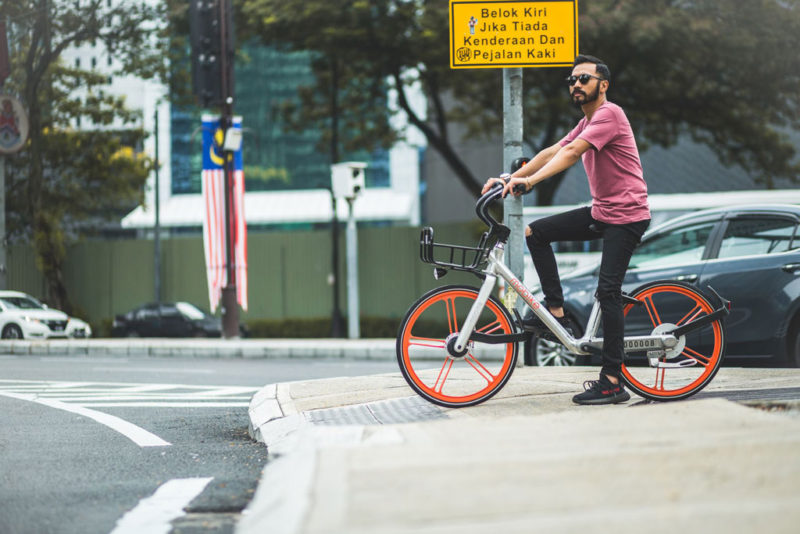
So what next?
Mobike targets to expand its services to other townships and cities like Cyberjaya, Klang Valley and Penang by year end.
Download the app here:
A Bahasa Malaysia version will be ready by the end of the year.


